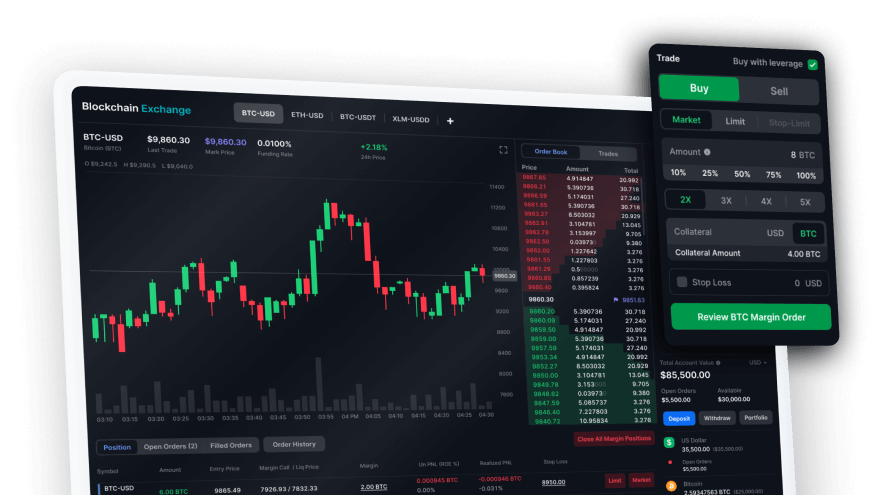MINA is the native utility token of the Mina Protocol. It is used to execute network transactions and users can exchange MINA or choose to stake their MINA to earn a reward for securing the network.












A brief history
Mina was founded by the computation company O(1) Labs in 2017. With the launch of its mainnet taking place in March 2021, Mina Protocol claims to be “the world’s lightest blockchain,” as it maintains a constant size of just 22 kB, regardless of how many transactions are committed to the network. The goal of its small size is to allow anyone to operate a node and help secure the network without the need for sophisticated computer hardware. Mina can maintain its 22 kB through the use of a cryptography technique called zk-SNARKS (zero-knowledge succinct non-interactive arguments of knowledge). Through zk-SNARKS, Mina can create a payment-oriented blockchain that does not require each node to record the complete record of historic transactions, thus lowering the computational requirements needed to support the full blockchain network.
MINA in practice
The native MINA token was designed to reduce computational requirements for developers when building applications on the Mina blockchain. MINA token is also used to secure the Mina network. However, where most platforms have verifiers such as miners/stakers and light clients who act as third parties when verifying transactions, Mina takes a different approach by having multiple participants, each handling a specific function on the network. These roles include verifiers, block producers and snarkers. Block producers take the form of stakers or miners and earn block rewards and transaction fee payments. Snarkers, also known as provers, produce zk-SNARKs used in verifying transactions. Block producers pay snarkers from the overall transaction fees they receive for adding new blocks. Verifiers then interact with zk-SNARKS that deal with certifying the consensus information. Each Mina protocol user is considered a verifier, provided that their devices can handle a 22 KB chain and withstand a few milliseconds of processing time.



































































































